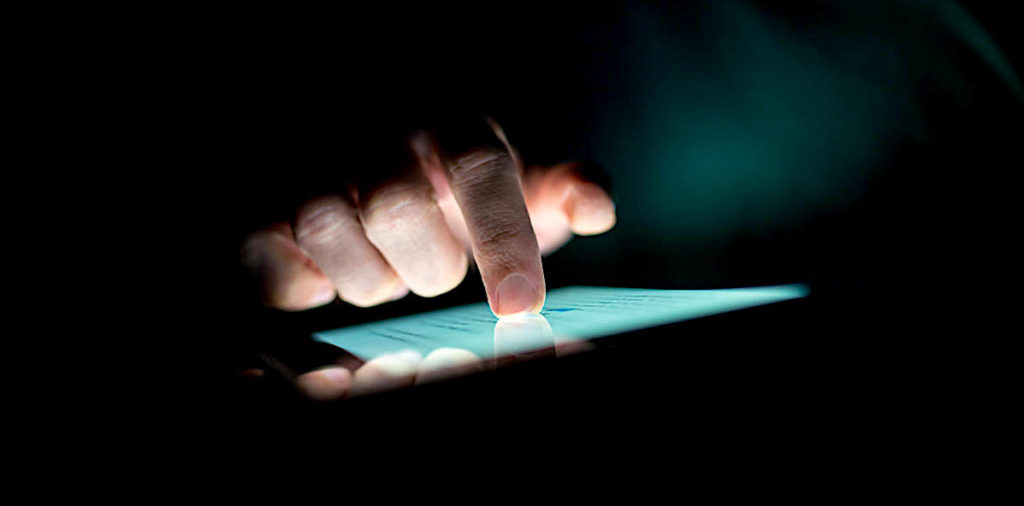Photo courtesy of Engadget
Child Sexual Abuse Materials (CSAM), also known as child pornography, is a growing global problem. While the use of information and communication technology is significant in the modern world, threats to children are also growing. While pornography is a term used to describe material depicting adults engaged in consensual sexual acts and distributed for the purpose of sexual pleasure, child pornography does not accurately describe the content and downplays the severity of the abuse from the child’s point of view. This word implies consent but a child cannot give consent to being exploited for sexual purposes. Organizations working for the betterment of children avoid using the term child pornography and instead refer to it as CSAM instead. However, since the term child pornography is still used in some countries’ laws for specific legal purposes, CSAM is sometimes referred to as child pornography in legal contexts.
CSAM has different legal definitions in different countries. The minimum definition of CSAM is imagery or videos that show a person who is a child and engaged in or is depicted as being engaged in explicit sexual activity. The term also includes depictions of a child engaging in real or simulated explicit sexual activities and depictions of a child’s sexual parts. CSAM is regarded as a serious crime because children cannot give consent as they lack the necessary levels of maturity and development. It is illegal to produce sexual materials using children and once they are published or posted on the internet, they cannot be taken back.
This can happen to any child anywhere regardless of gender, age, ethnicity or language. It may take place for either commercial goals such as obtaining resources or making money or for personal goals such as extortion, humiliation or revenge. Due to its rapid global spread, CSAM is having a significant negative impact on a large number of children across many nations. The US National Center for Missing and Exploited Children reported that in 2021, there were over 29 million reports containing CSAM. The number of CSAM uploaded to the internet through Sri Lankan IP addresses in 2021 stood at over 150,000, according to Protecting Environment and Children Everywhere (PEaCE), an organization working to eliminate all forms of child sexual exploitation and abuse in Sri Lanka.
In 2021, the Police Children and Women Bureau established a special unit called the National Centre for Missing and Exploited Children to monitor pornographic video footage and photographs involving children. It reported that a total of 17,629 video clips had been uploaded to the internet between June 17 and July 28, 2021 alone.
Preparing CSAM can be done not only by the perpetrator but also children themselves. Sometimes children engage in these activities without intimidation or threats. Perpetrators take advantage of children’s trust and misguide them, luring them into sexual traps. Shockingly, one-third of the CSAM found on the internet consists of self-generated materials created by children who uploaded sexually explicit photos and videos themselves.
According to a report by the International Watch Foundation (IWF), 147,188 reports of photos and videos featuring girls between the ages of 11 and 13 were documented in 2021. These materials were found in their bedrooms or other rooms in their homes. The IWF report stated that there was a 1,058% increase in web pages showing sexual abuse images and videos of children aged 7 to 10 recorded via an internet connected device, often by a predator who had contacted them online. CSAM increased during the time of lockdown and online predators exploited children’s increased internet use for learning, socializing, and playing. These online predators coerced them into sexual activity, sometimes including their friends or siblings, over webcams or smartphones connected to the internet, reaching all over the world.
While digital technology can make daily lives easier, we should act responsibly and keep in mind the safety and wellbeing of our children. Preventive measures to tackle the issue of child sexual abuse and exploitation must be taken starting from the home and school environment. Children should be made aware of the dark side of the internet and taught to be remain vigilant at all times.
